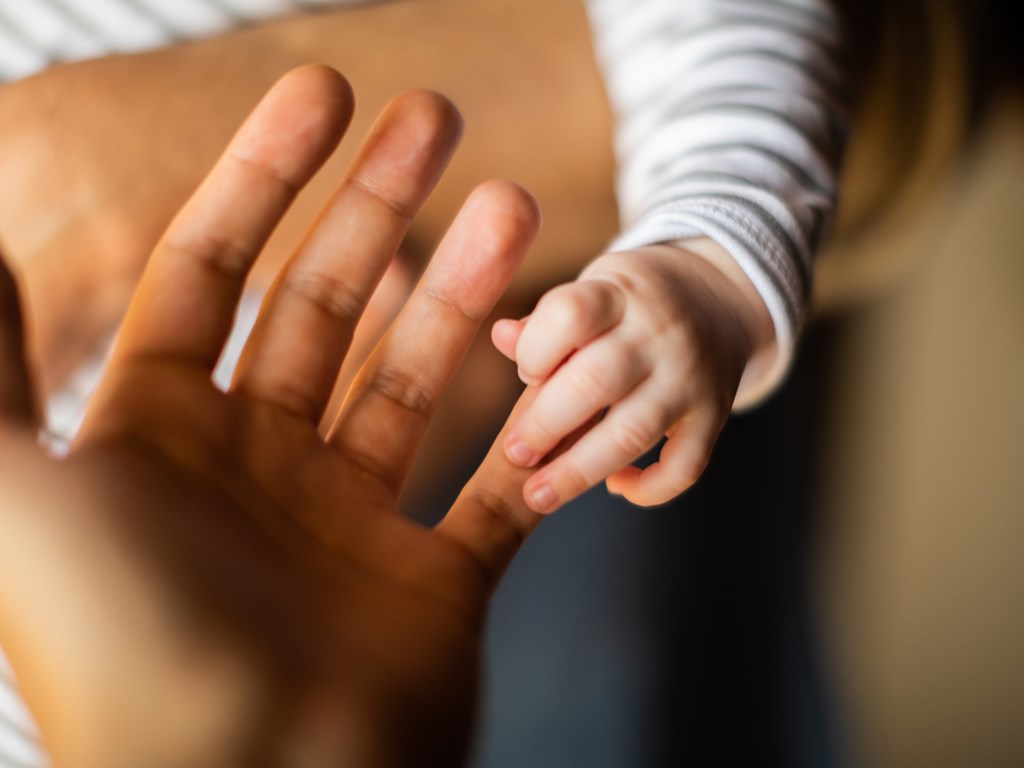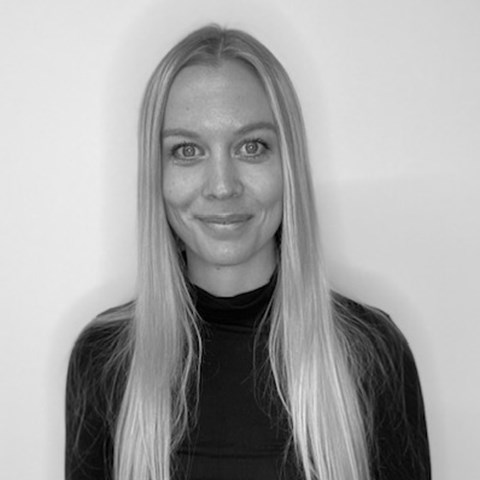Double donation – what is an egg and sperm donation?
Some couples and solo mums need the help of both an egg and sperm donor to become a family. The process is called double donation, and we will dig deeper into it in this blog post.

To get pregnant and start a family, you need an egg and a sperm cell. For same-sex couples, solo mums and some heterosexual couples that involves help from a sperm donor. Sometimes an egg donor is also needed to make a family a reality. When egg and sperm donation is needed at the same time, the process is called double donation.
This blog post will explain the process of double donation, the considerations that need to be made and what to expect along the way.
What is double donation?
Double donation means that both donor eggs and donor sperm are used to create an embryo. The embryo is used for fertility treatment such as IVF (in vitro fertilisation). The fertilised egg is transferred to your or your partner’s uterus.
Using a double donation means that you can start a family even though you are not genetically related to the child, and it offers the possibility of carrying a pregnancy and giving birth to your child.
Who is double donation for?
It is a big step to go through with a double donation and for many people it takes time to get to the stage where they are considering it. For some, it changes their dream and perception of starting a family and this can take some time to get used to. However, in many cases, double donation can be the key to starting a family that would otherwise remain a closed door. Double donation is ideal for:
- Couples or solo mums who experience infertility: Low sperm quality or low ovarian reserve can make it difficult to conceive without getting help from donors.
- Couples or solo mums who have genetic challenges: A genetic condition can also be the reason why some people choose to use a double donation.
LGBTQ+-couples where one partner donates eggs and the other partner carries the pregnancy. This is called reciprocal IVF, ROPA or shared motherhood.
Selecting the donors
When you go through a double donation, you have to make two choices: choosing a sperm donor and choosing an egg donor. There is a lot to consider and a lot of information to process. It is easy to put pressure on yourself to make the perfect choice. But remember, the choice should be right for you – not perfect.
Another thing to remember about egg donors is that clinics often have a small selection of donors and eggs are only retrieved when you are ready for treatment - unless you use an egg matching service such as Fertio.
To make the choice easier, we have some simple tips you can follow:
- Choose a couple of donors you like instead of just one
- Find a few characteristics you like and focus on them
- Use tools like Photo Match if you want your donors to look like you or your partner
We have even more tips for you if you want to know more about how to choose donors that are right for you.
The double donation process – IVF with donor eggs and sperm
Before you can start the double donation process, you need to find a clinic where you can be treated. Some couples and solo mums choose a clinic before they choose their donor, while others choose their clinic afterwards.
Once you have chosen your egg and sperm donor and you have chosen a clinic, you can start IVF with donor eggs and sperm. Double donation can be a bit complex when it comes to understanding the medical steps involved and careful coordination is key to this procedure. We will go through the steps, so you have an overview of the double donation process.
Egg retrieval and sperm donation
Your chosen egg donor starts treatment. The treatment includes medication that helps mature eggs. Once the egg donor is ready for egg retrieval, a sperm straw is needed from your sperm donor. This must be coordinated so that the straw is delivered to the clinic when the egg retrieval takes place.
Fertilising the eggs
The retrieved eggs are fertilised with sperm cells from the sperm donor and the eggs are cultivated the following days resulting in pre-embryos.
Hormone therapy
You or your partner, if you are a couple, will be given a personalised treatment plan prepared. This includes hormone therapy to prepare the body for the fertilised egg. Hormone therapy helps the endometrium becoming thick and ready for the fertilised egg.
Transferring the egg
When the endometrium is ready, the fertilised egg is transferred to the uterus.
Waiting for the pregnancy test
After about two weeks, it is time for a pregnancy test. If the test is positive, the pregnancy is usually monitored with ultrasound scans.
Life after a double donation
Double donation is a unique way of creating a family. Because it differs from how society perceives a family to be related through DNA, curious questions often follow. To make sure you feel comfortable when you are asked these questions, it may be a good idea to think about how you want to talk about your family situation with others – and how much you want to share about being a non-genetic parent (link to new blog post).
As your child grows up, he or she may also have questions about the way they came into this world. By having open conversations, you can introduce simple concepts at an early age and adapt the communication as your child grows. Experts recommend that you are open about your child being donor-conceived and you can use different resources, such as books about being donor-conceived, to guide you.
Where do you go from here?
Maybe you've been thinking for a while about whether double donation could be the way to start a family. Or maybe you've just stumbled across the option and would like to know more about it. Either way, we can help you along the way. A good place to start is by exploring potential sperm donors and egg donors. By doing so, you can make your plans more concrete and take a step towards creating your own unique family history.
 Anne Petersen
Anne Petersen